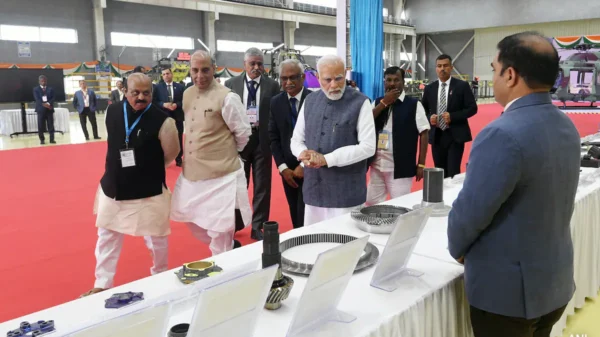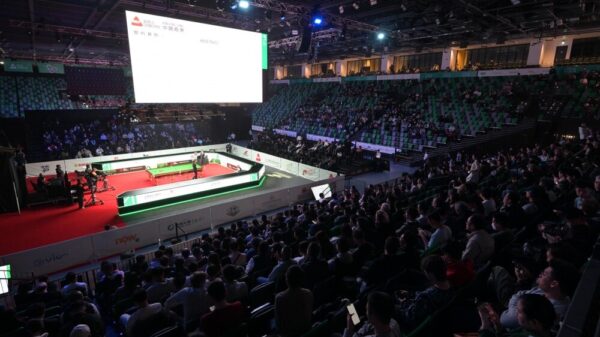DIY Home Energy Solutions: Empowering Sustainable Living
As energy costs rise and environmental concerns grow, more homeowners are turning to DIY home energy solutions. By installing solar panels, wind turbines, and battery storage systems, individuals are creating energy-efficient homes that reduce reliance on traditional power grids. These self-sufficient systems offer both economic and environmental benefits, empowering people to take control of their energy needs.
The Appeal of DIY Energy Solutions
DIY energy solutions are gaining popularity due to their cost-effectiveness and accessibility. Unlike professionally installed systems, DIY options allow homeowners to significantly reduce installation costs while enjoying the same benefits. The availability of user-friendly kits and online tutorials makes these solutions feasible for those with basic technical skills. For many, adopting DIY energy solutions is not just about saving money—it’s a step toward sustainable living and energy independence.
Installing DIY Solar Panels
Solar panels are among the most popular DIY energy solutions. Homeowners can purchase pre-assembled kits that include panels, inverters, and mounting hardware, making installation straightforward. Solar panels harness sunlight to generate electricity, reducing reliance on fossil fuels and lowering energy bills. For smaller-scale needs, portable solar panels are ideal for powering specific appliances or charging devices. DIY solar installations are particularly appealing for homeowners in sunny regions, where the efficiency of these systems is maximized.
Harnessing Wind Energy with DIY Turbines
DIY wind turbines offer another renewable energy solution for homeowners, particularly those in windy areas. These turbines capture wind energy and convert it into electricity, providing a reliable source of power. Kits for small-scale wind turbines are readily available and can be installed in backyards or rooftops. While wind turbines are often used to supplement other energy systems, they are a valuable option for off-grid living or reducing dependence on traditional electricity sources.
Storing Energy with DIY Battery Systems
Battery storage systems are essential for maximizing the efficiency of renewable energy solutions. DIY battery setups allow homeowners to store excess energy generated by solar panels or wind turbines for use during nighttime or low-production periods. Lithium-ion batteries are the most common choice due to their durability and capacity. These systems enhance energy independence by ensuring a consistent power supply, even during grid outages. DIY enthusiasts can assemble battery systems using readily available components and detailed instructions.
Combining Renewable Energy Solutions
Many homeowners are combining multiple DIY energy solutions to create hybrid systems that maximize efficiency. For example, integrating solar panels and wind turbines ensures continuous energy production, as the systems complement each other under varying weather conditions. Battery storage adds another layer of reliability, allowing homeowners to store energy generated during peak production times. These integrated systems provide greater energy security and reduce reliance on external power sources.
Economic Benefits of DIY Energy Projects
One of the primary motivations for adopting DIY home energy solutions is the potential for significant cost savings. By installing renewable energy systems themselves, homeowners can avoid the high labor costs associated with professional installations. Additionally, generating their own electricity reduces monthly utility bills, providing long-term financial benefits. Many governments also offer incentives, such as tax credits or rebates, for renewable energy installations, making DIY projects even more affordable.
Environmental Impact of DIY Energy Solutions
DIY energy solutions play a critical role in reducing carbon footprints and promoting environmental sustainability. By harnessing renewable resources like sunlight and wind, these systems minimize dependence on fossil fuels, which are a major contributor to greenhouse gas emissions. The adoption of DIY energy projects supports global efforts to combat climate change, making them an ethical and environmentally responsible choice for homeowners.
Overcoming Challenges in DIY Energy Projects
While DIY energy solutions offer numerous benefits, they can also present challenges, particularly for those new to renewable energy systems. Ensuring proper installation and compliance with local regulations requires research and preparation. Some systems may require specialized tools or skills, making it important to follow detailed instructions and seek guidance if needed. Despite these challenges, the growing availability of resources and community support makes DIY energy projects increasingly accessible.
Supporting a Sustainable Lifestyle
DIY home energy solutions align with broader efforts to live more sustainably. By reducing reliance on traditional power grids, homeowners can adopt a lifestyle that prioritizes conservation and renewable resources. These projects often inspire further sustainability efforts, such as energy-efficient appliances, water-saving systems, and smart home technologies. The integration of DIY energy solutions into daily life fosters a culture of innovation and environmental stewardship.
The Future of DIY Home Energy
The future of DIY home energy solutions looks promising, with advancements in technology and accessibility making these systems more efficient and user-friendly. Innovations such as modular solar panels, smart energy management systems, and enhanced battery technologies are likely to drive further adoption. As renewable energy becomes increasingly important in addressing global energy challenges, DIY solutions will continue to empower individuals to make a positive impact on the environment and their communities.
In conclusion, DIY home energy solutions are revolutionizing the way people power their homes. By adopting solar panels, wind turbines, and battery storage systems, individuals can create energy-efficient homes that reduce costs and environmental impact. These projects not only promote sustainability but also empower homeowners to take control of their energy needs, paving the way for a greener, more self-reliant future.

































